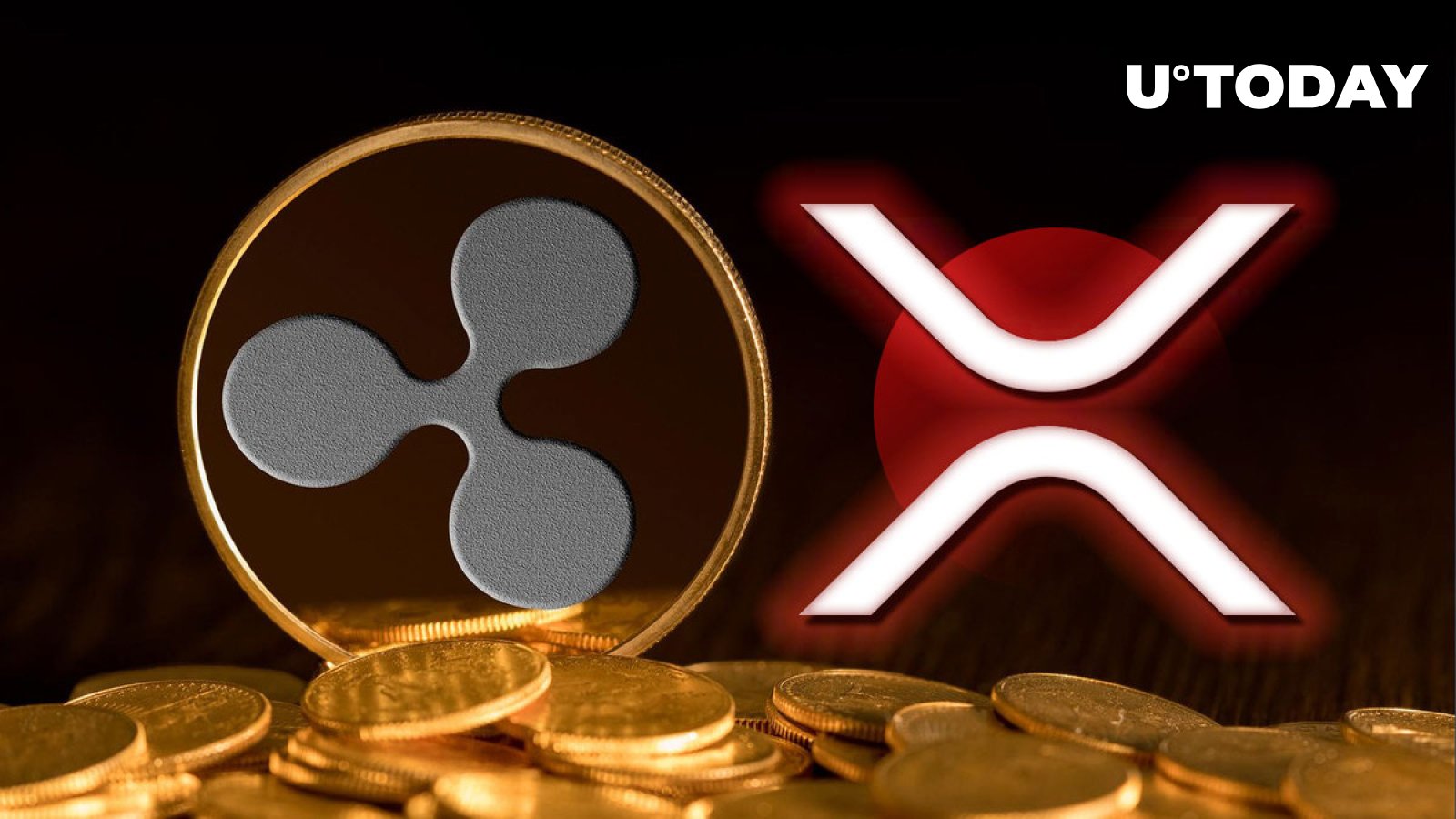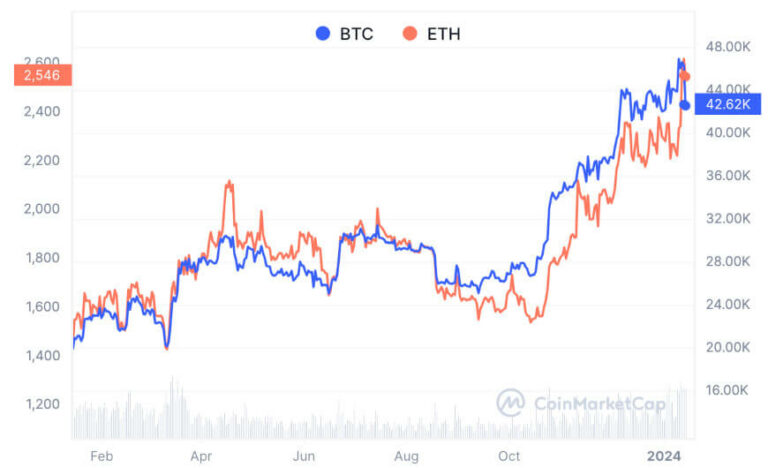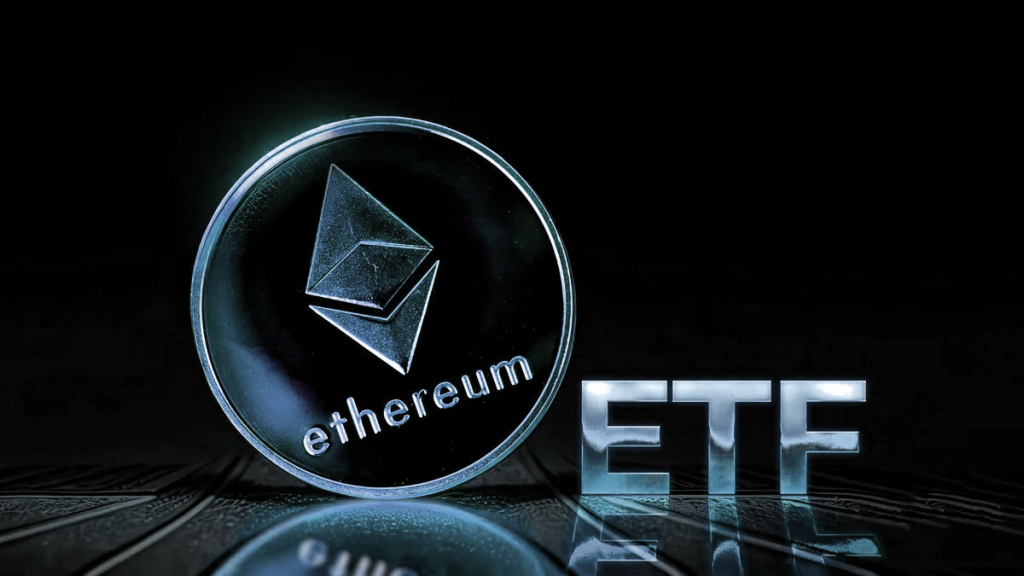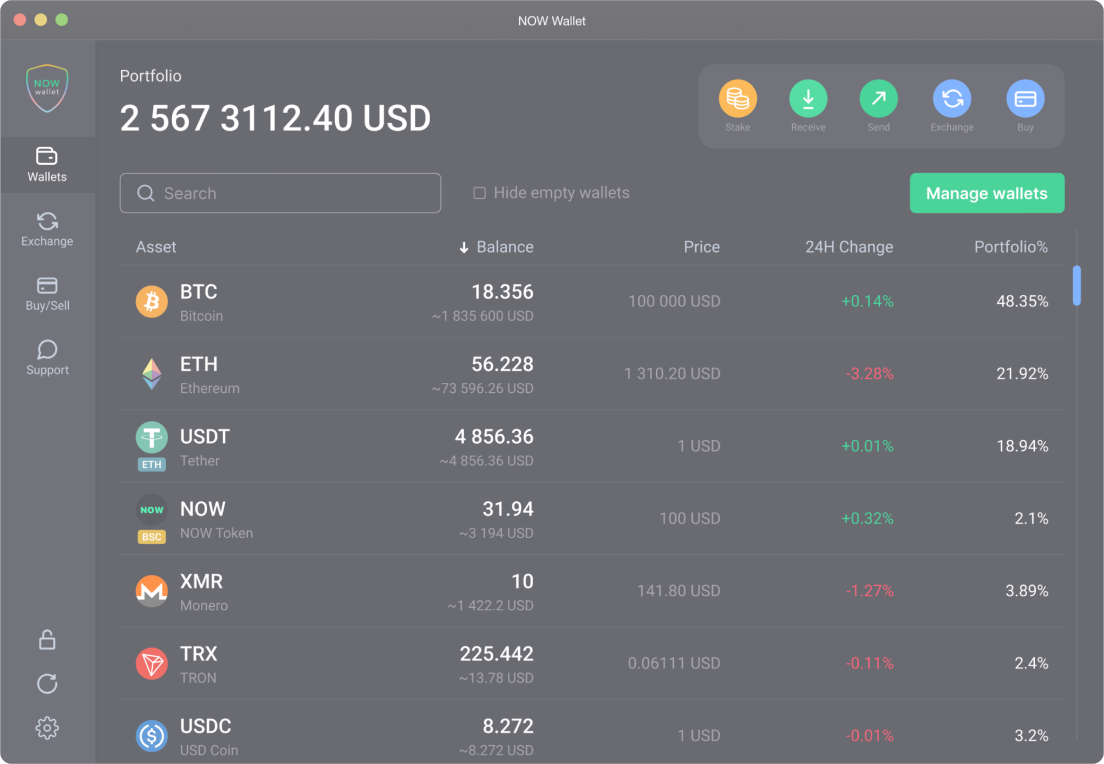crypto coins free Unlocking the World of Digital Currency
With crypto coins free at the forefront, the landscape of digital currency is evolving in incredible ways. Imagine being able to tap into the potential of crypto without any initial investment—sounds intriguing, right? This guide delves into what free crypto coins are, how you can earn them, and the platforms that facilitate this unique opportunity.
Crypto coins have become an essential part of the financial ecosystem, operating on the innovative technology of blockchain. In this exploration, we will break down how these digital currencies differ from traditional money and unveil the concept of acquiring free coins, providing insights into their value and distribution methods.
Understanding Crypto Coins

Crypto coins, also known as cryptocurrencies, are digital or virtual currencies that use cryptography for security. They are an essential part of the financial ecosystem, enabling peer-to-peer transactions without the need for intermediaries like banks. This decentralized nature not only enhances security but also provides users with more control over their finances.The technology behind crypto coins primarily revolves around blockchain, a distributed ledger that records all transactions across a network of computers.
Each block in the chain contains a number of transactions and is linked to the previous block, making it nearly impossible to alter any information without consensus from the network. Unlike traditional currencies, which are centralized and regulated by governments, cryptocurrencies operate independently, allowing for greater transparency and reduced transaction costs.
Free Crypto Coins: What They Are
"Free" crypto coins refer to cryptocurrencies that can be obtained without financial payment or investment. They are often distributed through various means, such as promotional events, rewards for participation in networks, or as a basic form of incentive to encourage user engagement. One common method of distribution is through "airdrops," where projects distribute free tokens to users who meet certain criteria, often involving holding a specific cryptocurrency or completing designated tasks.Platforms such as Binance and Coinbase occasionally run campaigns that allow users to earn free crypto coins through referrals or educational programs.
However, many people mistakenly believe that free crypto coins don't hold value. In reality, these coins can be traded or held for potential appreciation in value, similar to purchased cryptocurrencies.
Earning Free Crypto Coins
There are multiple methods available for users to earn free crypto coins, which include airdrops, faucets, and staking rewards. Airdrops are particularly popular as they are often used to promote new projects. Faucets are websites that dispense small amounts of cryptocurrency in exchange for completing simple tasks.To participate in airdrop campaigns, users typically need to follow these steps:
1. Research the Airdrop
Find an airdrop that interests you and check its legitimacy.
2. Follow Instructions
Usually, a project will ask you to join their social media channels, share their posts, or sign up for their newsletter.
3. Provide Your Wallet Address
You’ll need to provide your cryptocurrency wallet address to receive the coins.
4. Complete Required Tasks
Some airdrops require users to perform specific actions, like referring friends or engaging with the community.
| Crypto Faucet Site | Earning Potential | Requirements |
|---|---|---|
| FreeBitco.in | Up to $200/month | Capcha completion, account registration |
| Cointiply | Varies, depends on tasks completed | Account setup and task completion |
| Moon Bitcoin | Claim every 5 minutes | Account registration |
Risks and Considerations

While obtaining free crypto coins can be enticing, there are risks involved, particularly concerning scams and fraudulent practices. Many platforms that claim to offer free crypto coins may not be legitimate. Users should conduct thorough research to verify the authenticity of the offers before participating.Before engaging in free crypto coin promotions, consider the following factors:
Reputation of the Platform
Ensure the platform has positive user reviews and a solid track record.
Transparency of the Offer
Legitimate campaigns will clearly Artikel terms and conditions.
No Upfront Payments
Be wary of opportunities that require initial investments or fees.Common red flags indicating potential fraud include promises of high returns with little effort, lack of clear information about the project, and pressure tactics to act quickly.
Popular Platforms for Free Crypto Coins
Several reputable platforms offer free crypto coins, each with unique features catering to different user preferences. Here’s a list of popular platforms:
1. Coinbase Earn
Users can earn free crypto by learning about new cryptocurrencies and completing quizzes.
2. Binance Airdrop
Regular airdrop events for new tokens that users can participate in.
3. FaucetHub
A platform for earning small amounts of various cryptocurrencies through faucets.When comparing these platforms, consider user experience, the variety of coins available, and the ease of use.
| Platform | Advantages | Disadvantages |
|---|---|---|
| Coinbase Earn | Educational rewards, user-friendly | Limited to specific coins |
| Binance Airdrop | Variety of tokens, established reputation | Complex participation rules |
| FaucetHub | Multiple cryptocurrencies available | Lower earning potential |
The Future of Free Crypto Coins
The distribution of free crypto coins is likely to evolve, particularly as regulations surrounding cryptocurrencies continue to change. Emerging technologies and platforms may improve how coins are distributed, making it more accessible to a broader audience. Regulatory changes could also impact the availability of free crypto coins. Stricter regulations may limit the kinds of promotions available, while new regulatory frameworks could foster a safer environment for users to engage with crypto.Community-driven projects are gaining traction and may enhance the accessibility of free crypto coins.
Decentralized finance (DeFi) initiatives and community rewards programs are examples of how collaboration can lead to increased opportunities for users.
Community and Social Aspects
Online communities play a crucial role in the distribution of free crypto coins. These communities often share valuable information regarding upcoming airdrops, faucet opportunities, and best practices for securing free coins. Engaging with forums and social media groups can provide insights and support for newcomers.Social media platforms, particularly Twitter and Telegram, have a significant influence on the popularity of free crypto coins.
Projects often use these channels to announce new giveaways or promotions, creating a sense of urgency and excitement within the community.Participating in forums and social networks dedicated to cryptocurrencies is an effective way to engage with like-minded individuals. Users can share experiences, ask questions, and collaborate on strategies to maximize their gains from free crypto coin initiatives.
Outcome Summary
In conclusion, the world of free crypto coins offers exciting possibilities for both newcomers and seasoned enthusiasts. By understanding how to earn and safely navigate the risks involved, you can capitalize on this emerging trend. Keep an eye on the evolving landscape, as the future holds even greater potential for accessibility and community-driven initiatives in the realm of free cryptocurrency.
FAQ Corner
What are free crypto coins?
Free crypto coins are digital currencies that are distributed without requiring an initial payment, often given through promotions or as rewards.
How can I earn free crypto coins?
You can earn free crypto coins through various methods including airdrops, faucets, and rewards for completing certain tasks on specific platforms.
Are free crypto coins real and valuable?
Yes, free crypto coins can have real value, but it's essential to research the legitimacy of the source and the coin itself.
Are there risks associated with free crypto coins?
Yes, there are risks, including scams and potential loss of personal information, so it's important to be cautious and informed.
Can I sell free crypto coins?
Yes, most free crypto coins can be sold or traded on exchanges, depending on their acceptance and market demand.































